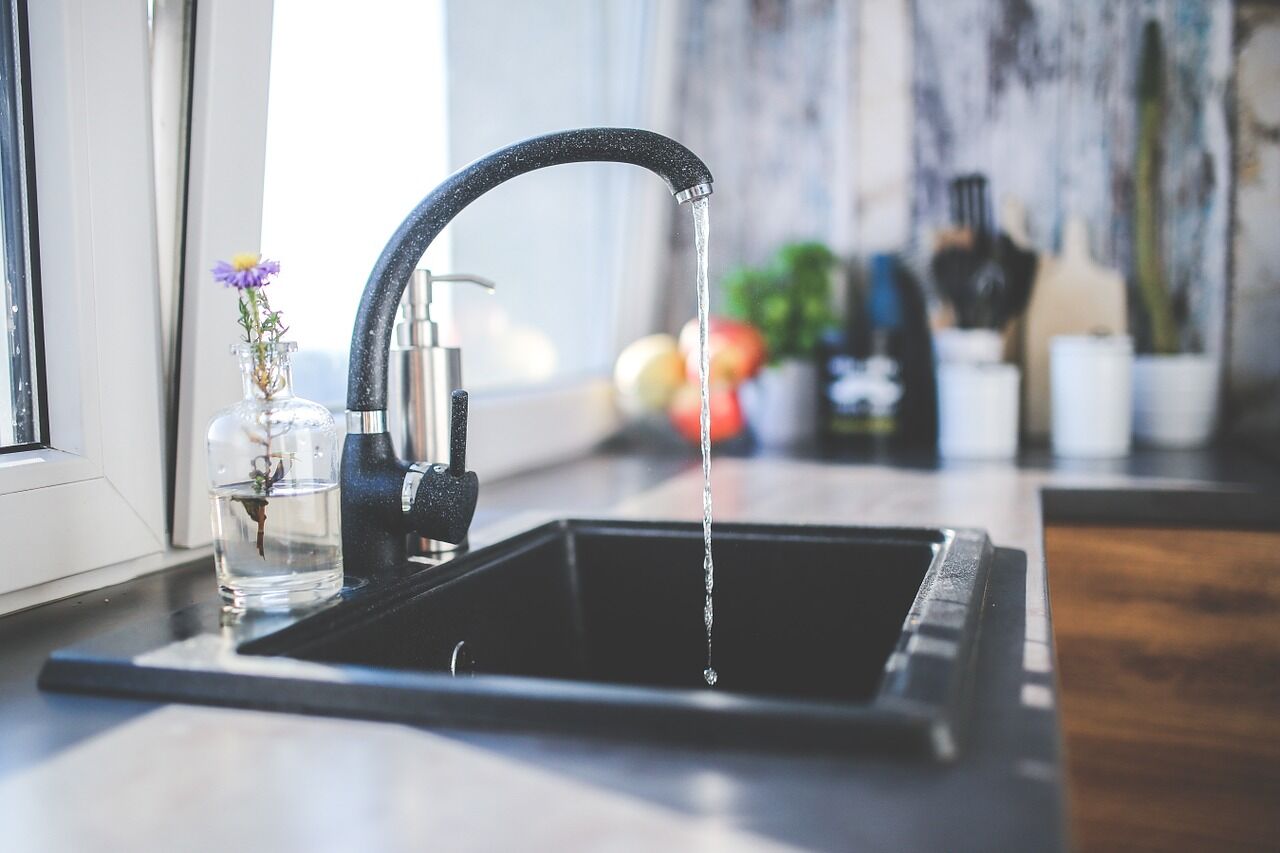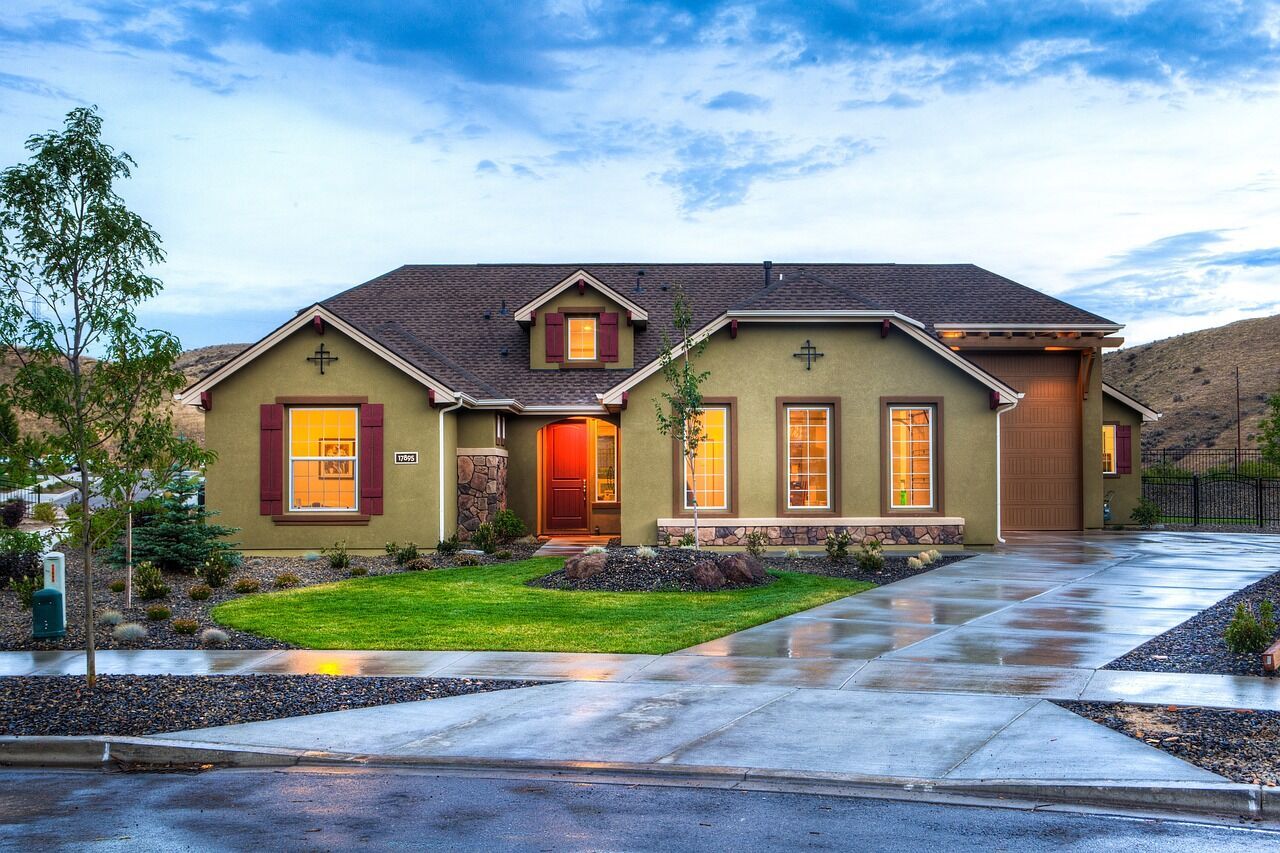Getting a hunting bow is the starting point of getting started for hunting expeditions. Practicing with the bow will increase the hunter’s efficiency and help him develop better skills. However, the bow if properly accessorized can provide drastic improvements in user experience and results. There is plenty of hunting bow accessories available in the market. […]
Month: July 2018
6 Reasons Why a Laser Rangefinder is an Archer’s Best Friend
Shooting an arrow right-on-point towards targets require a huge amount of skills, such as the ability to keep the body still and the art of aiming. The ability to shoot an arrow accurately is the ultimate goal for most archers, and one of the huge reasons on whether we can have a successful hunt. Today, […]
7 Tips On Writing An Emergency Preparedness Plan
Every family needs to be prepared for emergency situations. You never know what can happen and how that situation might affect your family. There could be a fire, an earthquake, a flood or any other kind of natural or societal disaster can happen. It is best to be prepared for them all. That is the […]
DIY Plumbing: How to Take Care of Faucets and Fixtures
This guest post shows how to take care of your faucets and fixtures, mostly by cleaning, but it has a few other DIY tips that are helpful also. You have faucets and fixtures in places like your kitchen and bathrooms. You might even have them in your laundry room too. As with most components of […]
Old Home Renovations: 3 Signs it is Time to Update the Driveway
Today I have a guest post that outlines 3 Signs it is Time to Update the Driveway of your home. I admit I have a couple of these at my place. If your home’s driveway could talk, it would probably plead for a complete overhaul long before you would likely think it needs more than […]





